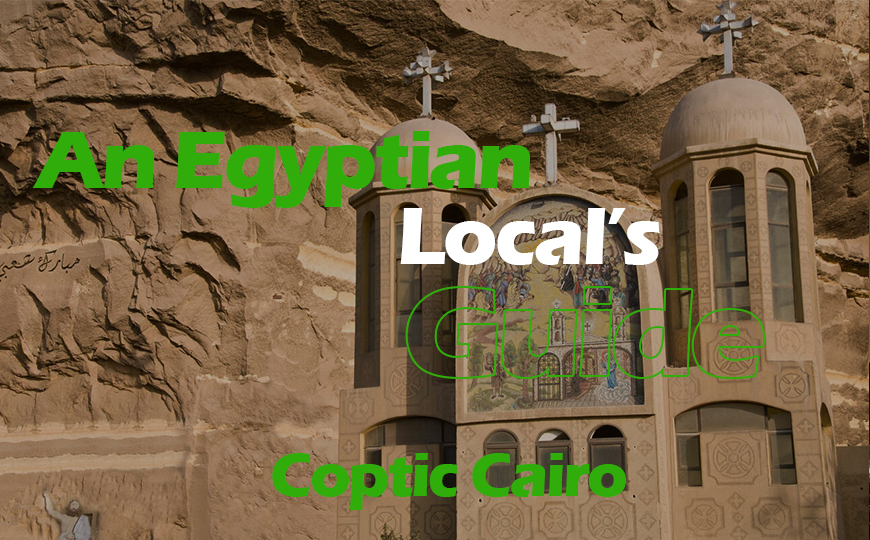Cairo is known for its Islamic monuments and pharaonic treasures, but tucked away in Old Cairo lies a gem of profound religious and historical significance — Coptic Cairo. This district isn't just a neighborhood; it’s a living archive of Egypt’s Christian heritage, dating back to the early centuries of Christianity. It’s home to ancient churches, monasteries, Roman ruins, and a unique museum, all wrapped in a deeply spiritual atmosphere. Whether you're a history buff, a spiritual traveler, or a curious explorer, Coptic Cairo is a must-visit destination that reveals a lesser-seen side of Egypt.
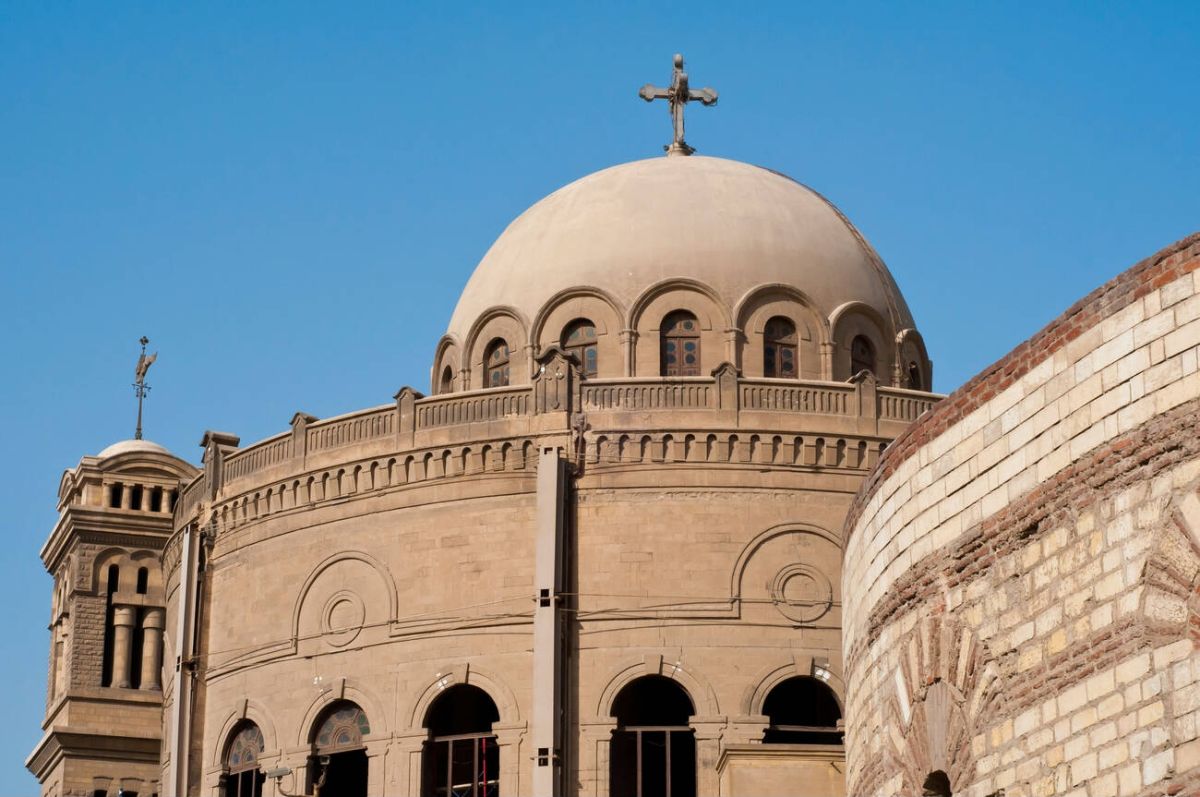
Coptic Cairo stands on the site of the ancient city of Babylon-in-Egypt, once a Roman fortress built in the 1st century AD. With the arrival of Christianity, the area became a hub for early Christian communities, and many of Egypt's oldest churches were constructed here — some dating back to the 4th century. According to tradition, the Holy Family (Mary, Joseph, and baby Jesus) even took refuge in this area during their flight into Egypt.
The term “Coptic” comes from the Greek word for Egyptian, and Coptic Christianity is one of the oldest branches of the faith, rooted in Egyptian tradition and theology. Walking through Coptic Cairo is like stepping through the pages of history — from Roman towers to medieval churches, and from underground chapels to relics of saints and martyrs.
Reaching Coptic Cairo is easy and accessible from any part of Cairo:
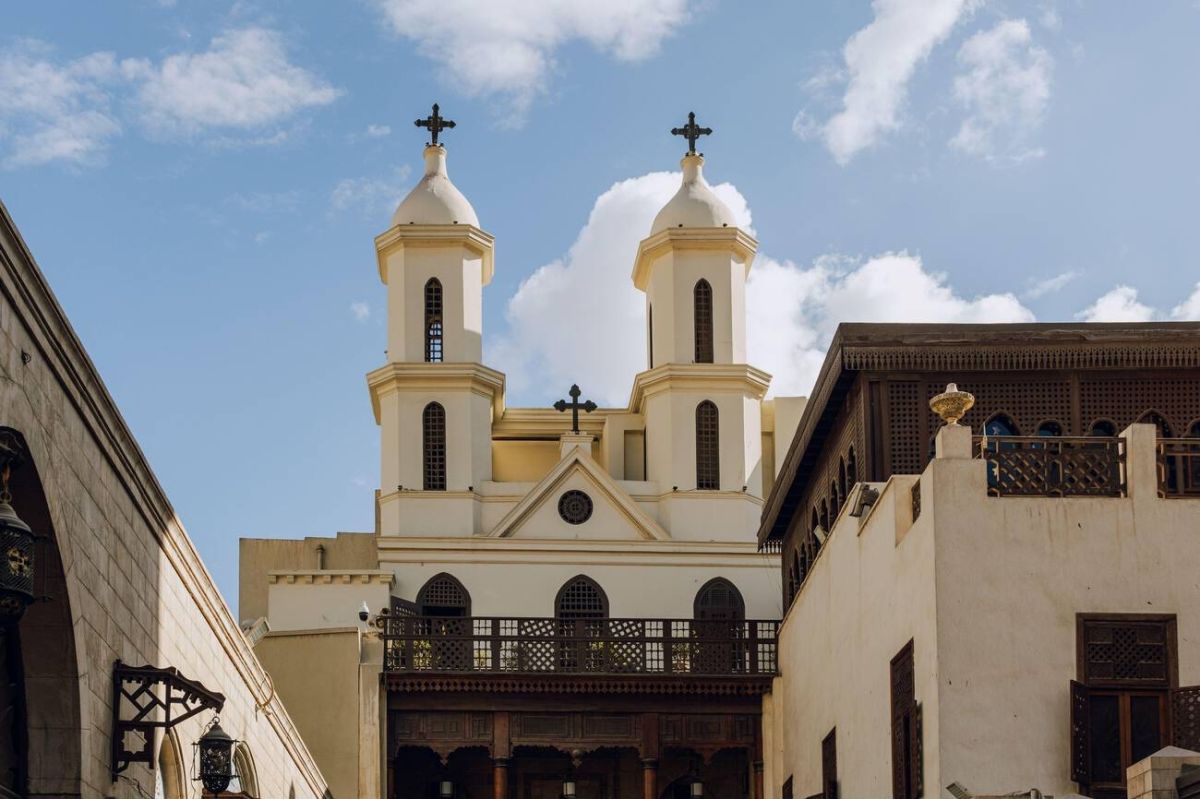
One of the most famous churches in Cairo, known for being “suspended” above a Roman gate. The wooden roof, shaped like Noah’s Ark, and its intricately carved pulpit are highlights.

A beautifully curated museum that houses the largest collection of Coptic artifacts in the world — including manuscripts, textiles, icons, and relics. It’s a perfect stop to understand the development of Christianity in Egypt.

Said to be built on the spot where the Holy Family rested during their journey in Egypt. It’s one of the oldest churches in Cairo, with an atmospheric crypt that’s truly sacred.
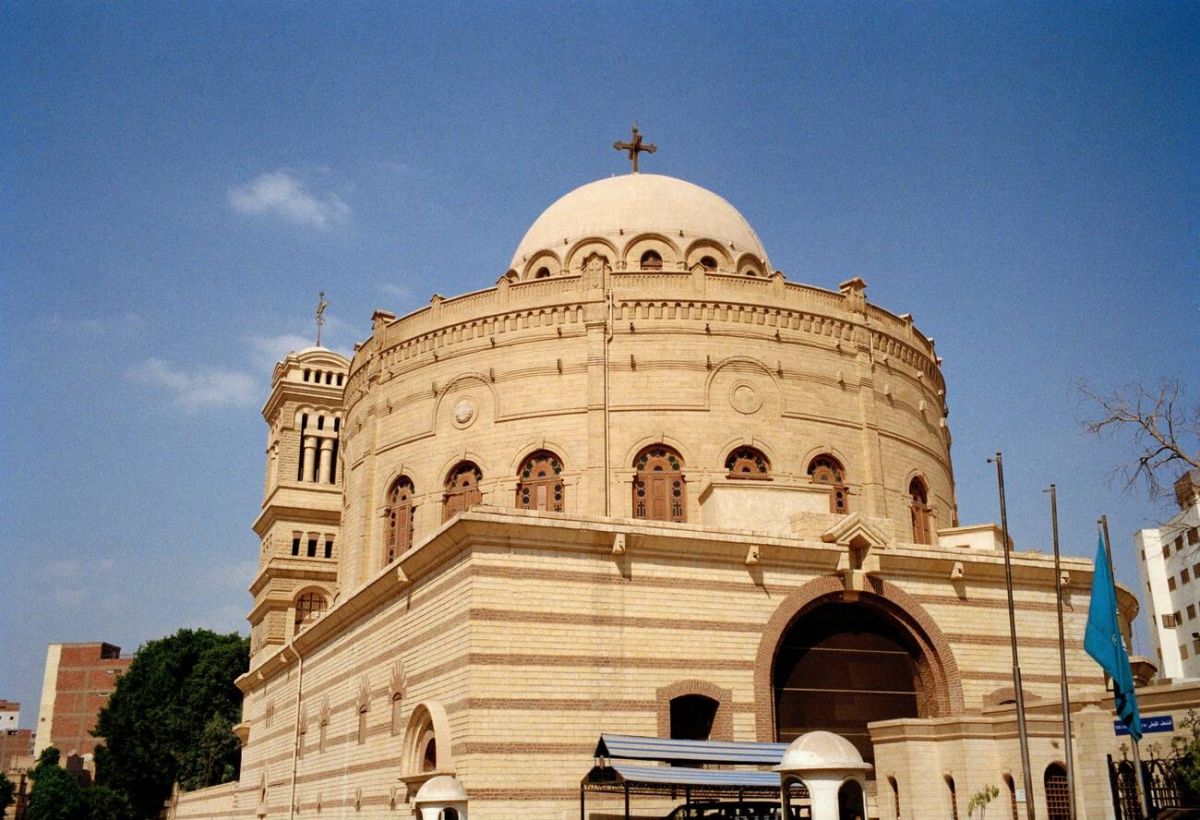
Not to be confused with the Catholic version, this round church is built above an old Roman tower and contains relics of St. George.
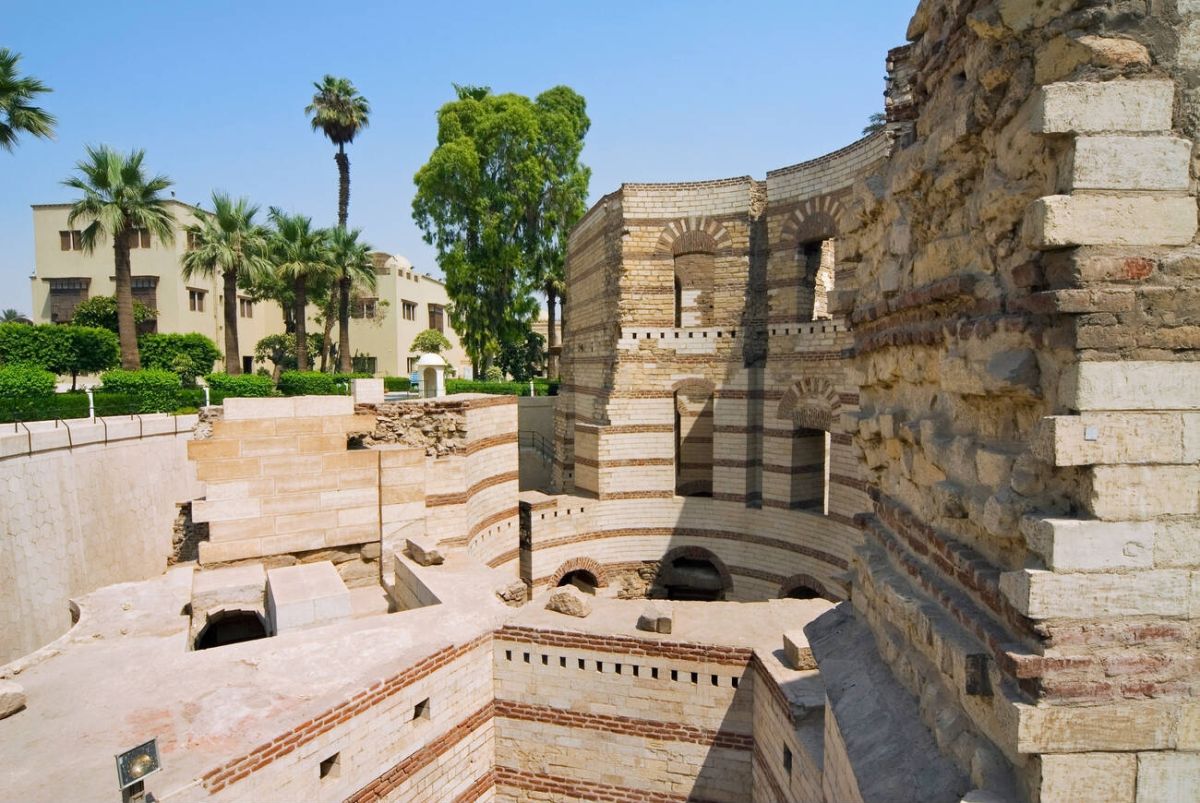
Remnants of the ancient fortress of Babylon, still standing tall and forming part of the walls surrounding the area.
While Coptic Cairo itself is more focused on heritage than dining, you can find:
Local Tips & Insights
Learn about our latest news, promotions, and professional tips. Know before you book your next Egypt tours
Coptic Cairo is a historic district in Old Cairo known for its early Christian landmarks, including ancient churches, Roman ruins, and the renowned Coptic Museum. It represents one of the oldest Christian communities in the world and is deeply rooted in Egypt’s religious heritage.
The easiest way is by taking Metro Line 1 and getting off at Mar Girgis Station, which leads you directly into the heart of Coptic Cairo. You can also take a taxi or use ride-hailing apps like Uber or Careem.
Key attractions include:
Each of these sites offers a unique glimpse into the area’s Christian history.
Most of the churches are free to enter, but donations are appreciated.
The Coptic Museum requires a ticket (approximately 100 EGP for adults), and there may be discounts for students or Egyptian residents.
The best time to visit is in the early morning, especially during cooler months (October to April), to avoid crowds and heat. Weekdays are quieter than weekends.
Photography is usually allowed in the outdoor areas and in the Coptic Museum (sometimes with an extra camera fee).
Inside churches, photography is often restricted or not allowed during services. Always ask before taking pictures.
Yes, Coptic Cairo is generally very safe and welcoming to visitors. The area is well-patrolled and heavily visited by both tourists and locals.
A half-day is enough to explore the main highlights, but if you enjoy history, architecture, and quiet exploration, you could easily spend a full day here.
While there are limited restaurants directly inside the historic area, you can find street vendors selling juice and snacks. For more options, head to nearby areas like Fustat or Maadi.
You can absolutely visit on your own, especially with signs and maps available. However, a local guide can greatly enhance your understanding of the religious and historical significance of each site.
